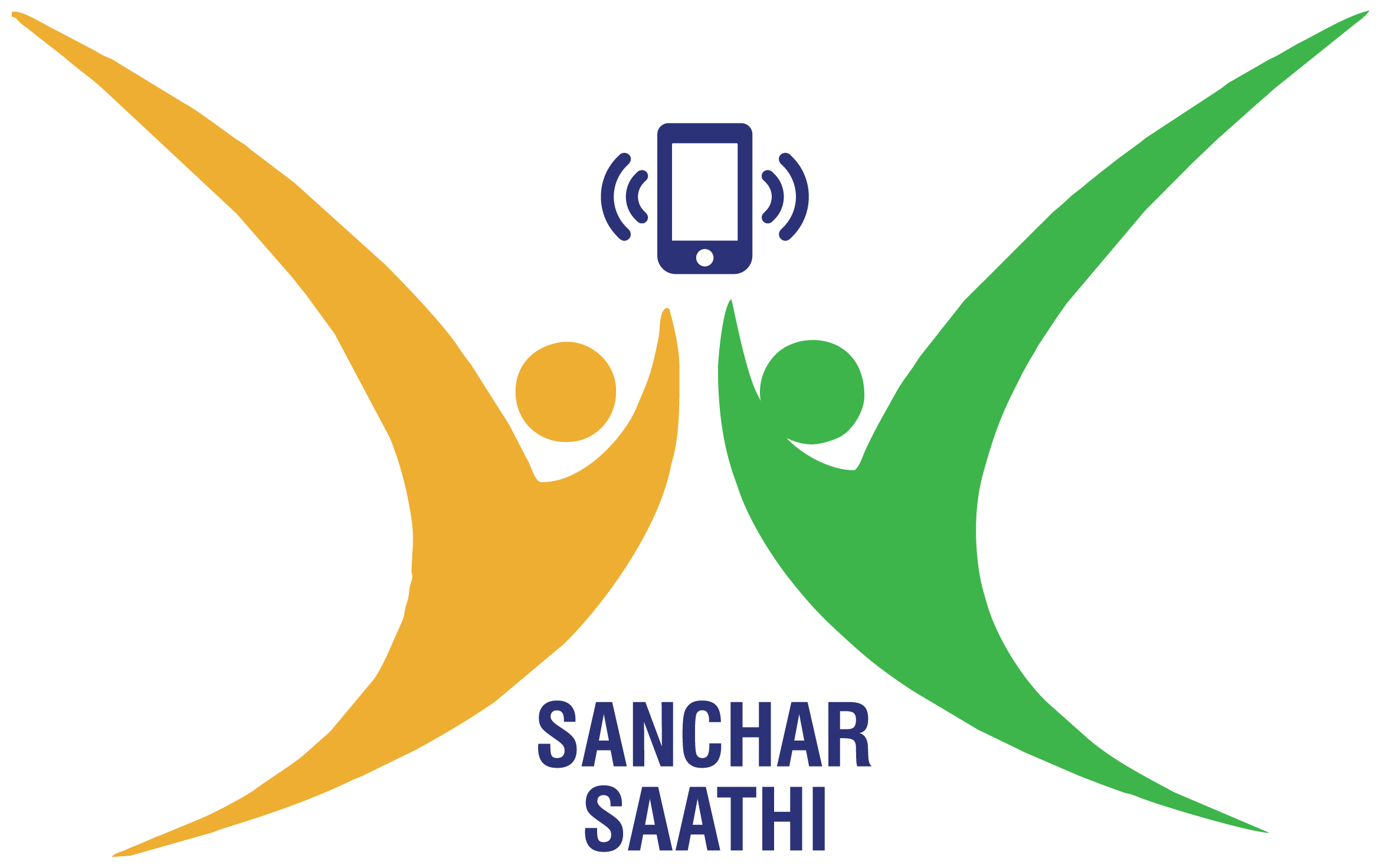In a world increasingly driven by technology and interconnected networks, telecom security stands as a cornerstone of personal and national safety. Ever wondered why Aadhaar linking is a critical piece of this puzzle? The answer lies in its ability to authenticate identities and curb fraudulent practices, making our digital interactions safer and more transparent
Why is Aadhaar linking necessary for telecom security?(Quick Answer)
Aadhaar linking is essential for telecom security because it helps verify user identities, prevents misuse of telecom services, and curtails fraudulent activities.
How Does Aadhaar Linking Enhance Telecom Security?
Telecom security hinges on the ability to verify the authenticity of users. Here’s how Aadhaar linking plays a pivotal role:
Preventing Identity Theft
By linking Aadhaar to your mobile number, telecom providers can ensure that the number is tied to a legitimate identity. This process eliminates the risk of multiple SIM cards being issued under a single fake identity, a loophole often exploited by scammers.
Exact answer: Aadhaar linking ensures that telecom services are issued only to genuine individuals, reducing the chances of identity theft.
Example
Imagine a scenario where Ravi’s mobile number was unknowingly cloned by a fraudster using fake documents. Post Aadhaar linking, such duplications became nearly impossible as biometric verification ensured authenticity.
Enhancing Traceability
In cases of telecom misuse, Aadhaar linking enables authorities to trace the real identity behind a number swiftly. Whether it’s a cybercrime investigation or a public safety concern, the linkage aids in faster resolution of issues.
“A linked identity is a traceable identity, safeguarding against the misuse of anonymity.”
What Are the Benefits of Aadhaar Linking for Customers?
Apart from bolstering telecom security, Aadhaar linking also benefits customers in numerous ways:
- Simplified Verification Processes: Forget long queues and repeated document submissions. Aadhaar-based eKYC ensures quick and hassle-free verification.
- Improved Service Delivery: Services like mobile banking, UPI payments, and other telecom-related transactions become seamless.
- Fraud Prevention: Customers are protected from unauthorized SIM issuance and associated risks.
| Benefit | Description |
|---|---|
| Simplified Verification | Reduces paperwork with instant eKYC processes. |
| Enhanced Security | Prevents unauthorized SIM card issuance. |
| Better Service Access | Enables seamless digital services linked to mobile numbers. |
FAQs
1. Is Aadhaar linking mandatory for all telecom users?
Not anymore, as per the Supreme Court’s ruling, but it remains highly recommended for security.
2. Can I link multiple SIM cards to one Aadhaar?
Yes, you can link multiple SIM cards to a single Aadhaar, but there’s a limit to the number allowed per individual.
3. What happens if I don’t link my Aadhaar?
While it’s not mandatory, not linking Aadhaar may mean a lack of streamlined verification processes for telecom services.
Conclusion
Aadhaar linking is a cornerstone of telecom security, ensuring the legitimacy of user identities, preventing fraud, and enhancing the overall safety of digital communications. While the process is no longer mandatory, its benefits for both customers and providers make it a practice worth considering. In an age where security is non-negotiable, linking your Aadhaar is a simple yet powerful step toward safeguarding your digital footprint.

